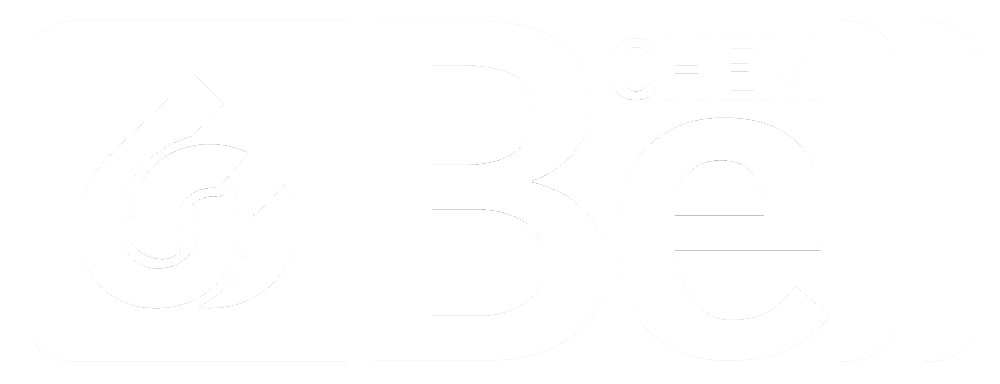Your Corrosion Inhibitors Guide
Corrosion is the destruction of a metal by a chemical or electrochemical reaction with its surroundings. Some of the most caustic chemical reactions involve oxygen. The most easily noted reaction is the production of rust from the reaction of oxygen and iron. Controlling this reaction, as well as others, takes chemicals specific to each reaction. Water treatment plants have all the necessary components to harbor myriad types of corrosion. The chemicals, temperature, ambiance, and pH are all factors in the health of the pipes and tanks within a water treatment facility. Bell Chem, experts in water treatment chemicals, have created this handy guide on the chemicals needed to keep corrosion under control. Read on for the most reliable chemicals and their role in water treatment.
Deaeration is the removal of water from pipes and tanks. Since water is chemically composed of oxygen and hydrogen, when oxygen is removed, corrosion is less possible. Deaeration is achievable with the addition of eight parts catalyzed sodium sulfite for each one part dissolved oxygen.
Passivating (anodic) inhibitors form an oxide film on the walls of pipes and tanks, acting as a protective barrier. This form of corrosion control is inexpensive and, in many instances, self-repairing. Passivating inhibitors include nitrite, molybdate and orthophosphate. Nitrite works well in systems where oxygen is not present; molybdate is effective, but cost inhibitive, and orthophosphate is the most widely used because of its low cost and efficiency.
Precipitating (cathodic) inhibitors form insoluble precipitates on metal surfaces. Precipitating inhibitors do not form as stringent barrier as passivating inhibitors, and while they repair with no outside influence, the repair time is much longer than anodic inhibitors. Zinc precipitates as hydroxide, carbonate, or phosphate to form a precipitating inhibitor. Calcium orthophosphate and calcium carbonate are also effective precipitating inhibitors.
Copper corrosion inhibitors include benzotriazole and tolytriazole, which bond with cuprous oxide to form a chemisorbed film on the metal surface.
Adsorption inhibitors block interior surfaces against adsorption. Amines and organic compounds containing sulfur or hydroxyl groups are good adsorption inhibitors. Because these molecules are often surfactants, they also act to lower the surface tension between liquids and solids.
Aqueous corrosion is inhibited by silicates. While silicates are not truly passivators, they form visible precipitates along the walls of passages. Silicates may also inhibit corrosion via adsorption.
Many of these chemicals react more readily under specific conditions depending on temperature, pH, amount of oxygen, etc. Contact water treatment chemical supplier, Bell Chem, at (407) 339-2355 (BELL) to determine which corrosion inhibitors are best suited for your water treatment system.
